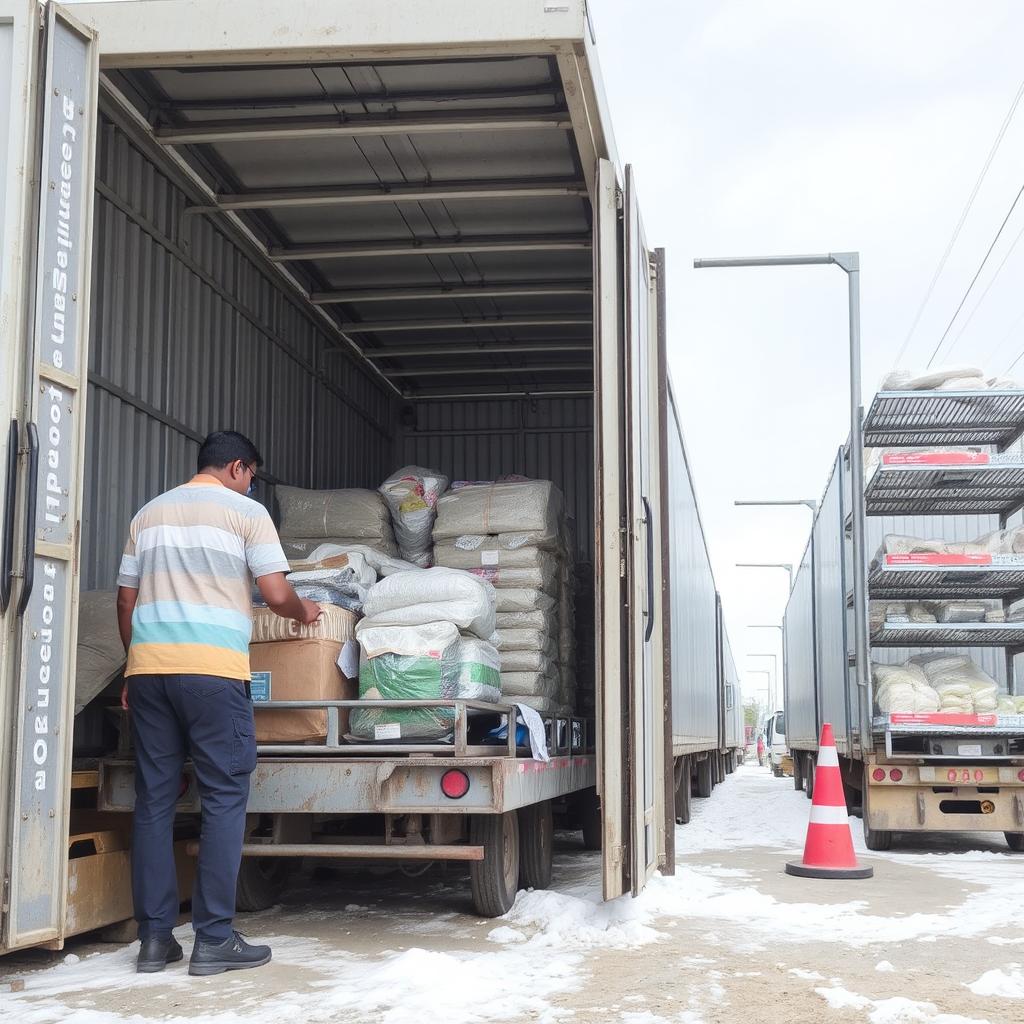Blog on RFID Technology and IoT Solutions
Blog Home
The Role of FDA and CDSCO Guidelines in India’s Cold Chain Logistics Safety
02 July 2025In the fast-paced and delicate pharmaceutical logistics environment, cold chain safety is of the utmost importance. Drugs, vaccines, biologics, and diagnostics are temperature-sensitive commodities that demand very specific handling and storage conditions. A discontinuity in the cold chain can cause the degradation of these products, which has the potential to jeopardize patient safety. In India, the Food and Drug Administration (FDA) and the Central Drugs Standard Control Organization (CDSCO) are integral in the provision of strong cold chain logistics. These agencies have implemented stringent guidelines to ensure product integrity throughout the supply chain.
Understanding Cold Chain Logistics
Cold chain logistics is the temperature-controlled supply chain for storage, transport, and distribution of products requiring temperature ranges. For drug and biological products, the normal range is between 2°C to 8°C , with a few products requiring ultra-low temperatures** (as low as -80°C). The cold chain must remain **unbroken and verified** from the manufacturing facility to the end consumer.
Regulatory Framework in India
1, Central Drugs Standard Control Organization (CDSCO)
CDSCO is India’s **national regulatory agency** within the Ministry of Health and Family Welfare. It is responsible for approving drugs, regulating clinical trials, and monitoring compliance with drug safety requirements.
Key Functions of CDSCO in Cold Chain
Good Distribution Practices (GDP): WHO guidelines on GDP have been implemented by CDSCO to verify that quality of pharmaceutical products is not affected during the distribution process.
Licensing & Inspection: Transport systems, warehouses, and cold chain facilities are licensed and inspected by CDSCO officers.
Temperature Monitoring Requirements: CDSCO demands real-time temperature monitoring devices, which log any deviation and respond to it the moment it is witnessed.
Audit Trails: Records and audit trails need to be kept for every phase of the cold chain.
2. State FDA Authorities
While CDSCO operates at the national level, State FDAs are the main enforcing authorities for pharmacy regulation within a specific state.
State FDA Roles:
Enforcing CDSCO Guidelines: Enable GDP and GSP (Good Storage Practices) compliance at the grassroots level.
Cold Storage Facility Approval: Verify and sanction the infrastructure used for storage of temperature-sensitive items.
Regular Audits and Surprise Inspections: Regular audits and surprise inspections to abide by the guidelines.
Training and Education: Offer training courses for logistics personnel for safe delivery of cold chain products.
Importance of Guidelines in Cold Chain Safety
1. Product Integrity and Patient Safety
Inadequate storage leads to the degradation of active pharmaceutical ingredients (APIs), rendering the drug ineffective or even harmful. CDSCO’s emphasis on validated cold chain processes guarantees the efficacy and safety of the drugs remain intact.
2. Reduction of Product Loss
India is facing immense losses in vaccines and biologics because of the breakdown of cold chains. Regulatory compliance guarantees the reduction of such wastage, health care becoming cost-effective and sustainable.
3. Data Integrity and Traceability
It is crucial to maintain proper **temperature logs, transport history, and storage conditions records for traceability. The guidelines facilitate an open and responsible system.
4. Facilitating Public Health Programs
In mass vaccination campaigns (like COVID-19 vaccination), cold chain logistics must be preserved. The FDA and CDSCO played a vital role to ensure vaccines reached the remotest parts of the country without compromising quality.
While there are regulations, India is besieged by myriad issues:
Infrastructural Shortages: Cold storage and a stable electricity supply in rural areas still don’t exist.
Knowledge Shortfalls: Smaller pharma distributors may not be properly informed of GDP and GSP requirements.
Technological Limitations: Not all have real-time monitoring and data loggers.
These problems are gradually being addressed by increased government activity and private sector investment, though.
IoT-Based Monitoring Systems: Real-time GPS and temperature monitoring are becoming the norm, giving end-to-end visibility.
AI and Predictive Analytics: AI systems help anticipate cold chain failure before it occurs and take preventive measures.
Public-Private Partnerships: Public-private partnerships between the government and logistics businesses are improving cold chain coverage and efficiency.
Conclusion
The FDA guidelines and CDSCO are the cornerstones of cold chain logistics safety in India. By strict quality inspections and enforcing Good Distribution Practices, these regulatory bodies are not only preserving the viability of life-saving drugs but also instilling confidence in India’s drug supply chain. With evolving technology and knowledge gaining momentum, India’s cold chain network is set to become more robust, intelligent, and competitive at a global level.
- Intellistride.com
- Blog
- The Role of FDA and CDSCO Guidelines in India’s Cold…